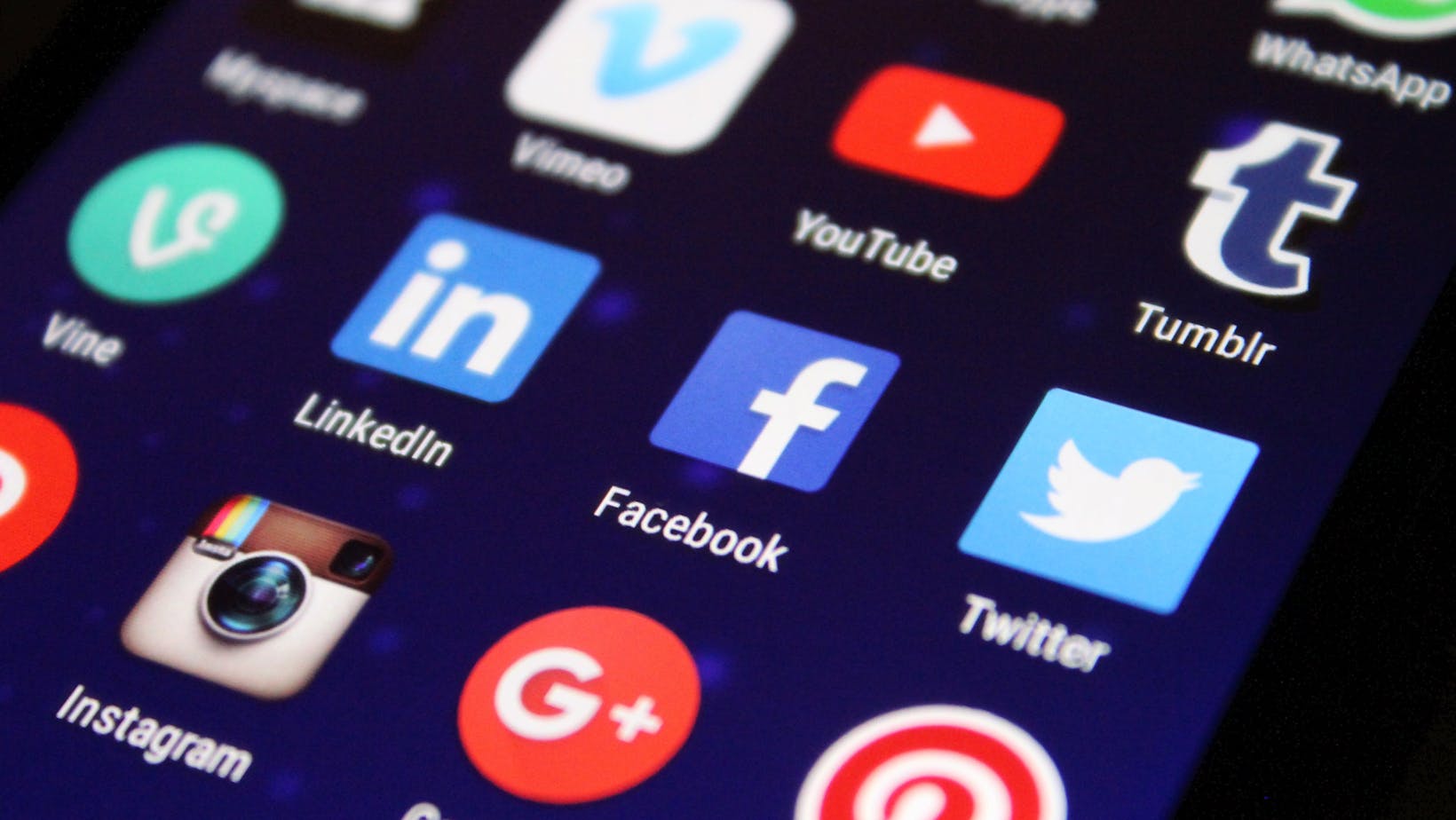Introduction:
Social media has become an integral part of modern life, revolutionizing the way people connect, communicate, and share information around the world. From its humble beginnings as online networking platforms to its pervasive presence in virtually every aspect of society, the evolution of social media has been nothing short of remarkable. In this comprehensive article, we will take a deep dive into the history of social media, tracing its development from its earliest origins to the multifaceted landscape of today’s digital age.
Early Origins of Social Media:
The roots of social media can be traced back to the earliest days of the internet, when online communities and bulletin board systems (BBS) provided rudimentary platforms for communication and collaboration. In the 1980s and 1990s, platforms such as Usenet, AOL Instant Messenger (AIM), and IRC (Internet Relay Chat) laid the groundwork for the social interactions and networking capabilities that would later define social media.
However, it wasn’t until the emergence of dedicated social networking sites in the late 1990s and early 2000s that the concept of social media began to take shape. Websites like Six Degrees, Friendster, and MySpace pioneered the idea of connecting individuals through online profiles and enabling them to interact with friends, share content, and discover new connections in a digital environment.
The Rise of Facebook and the Era of Social Networking:
The turning point in the evolution of social media came with the launch of Facebook in 2004 by Mark Zuckerberg and his college roommates at Harvard University. Originally conceived as a platform for connecting college students, Facebook quickly expanded its user base and functionality, becoming the dominant force in the world of social networking.
Facebook’s intuitive interface, robust features, and emphasis on user engagement propelled it to unprecedented levels of popularity, attracting millions of users from around the globe. The platform slot88 revolutionized the way people interacted online, enabling them to share updates, photos, and videos with friends and family, join groups and communities based on shared interests, and engage in real-time conversations through comments and messaging.
The Emergence of Microblogging and Real-Time Sharing:
In addition to traditional social networking sites, the early 2000s saw the rise of microblogging platforms that allowed users to share short, concise updates and messages in real time. Twitter, founded in 2006, popularized the concept of microblogging with its 140-character limit and emphasis on brevity and immediacy.

Twitter’s unique format and viral nature made it a powerful tool for sharing news, opinions, and updates on a wide range of topics, from politics and entertainment to sports and pop culture. The platform’s real-time nature also facilitated rapid communication during major events and breaking news, making it a valuable source of information and engagement for users worldwide.
The Advent of Visual Social Media:
As smartphones became ubiquitous and internet connectivity improved, visual social media platforms emerged as a dominant force in the social media landscape. Instagram, launched in 2010, capitalized on the growing popularity of smartphone photography and visual content, allowing users to share photos and short videos with filters and editing tools to enhance their creativity.
Instagram’s focus on visual storytelling and aesthetic appeal resonated with users, particularly younger demographics, who embraced the platform as a way to express themselves, discover inspiration, and connect with like-minded individuals. The rise of Instagram influencers and content creators further fueled the platform’s growth, transforming it into a powerful marketing tool for brands and businesses.
The Rise of Video and Live Streaming:
In recent years, video content has emerged as a dominant form of communication on social media, thanks in part to platforms like YouTube and TikTok. YouTube, founded in 2005, revolutionized online video sharing by providing a platform for users to upload, share, and discover videos on virtually any topic imaginable.
TikTok, launched in 2016, took the concept of short-form video content to new heights with its innovative platform for creating and sharing bite-sized videos set to music. The app’s algorithm-driven feed and emphasis on user-generated content quickly propelled it to global prominence, attracting millions of users and reshaping the way people consume and create content online.
In addition to pre-recorded video content, live streaming has also become increasingly popular on social media platforms such as Facebook Live, Instagram Live, and Twitch. Live streaming allows users to broadcast real-time video content to their followers, enabling interactive experiences such as Q&A sessions, product demonstrations, and virtual events.
The Impact of Social Media on Society:
The rise of social media has had a profound impact on virtually every aspect of society, from communication and commerce to politics and culture. Social media platforms have transformed the way people connect and interact with each other, breaking down geographic barriers and fostering global communities around shared interests and identities.
However, the proliferation of social media has also raised concerns about privacy, misinformation, and the spread of harmful content. Issues such as data breaches, cyberbullying, and online radicalization have highlighted the dark side of social media and underscored the need for responsible use and regulation.
Future Trends and Developments:
Looking ahead, the future of social media is likely to be shaped by emerging technologies such as virtual reality (VR), augmented reality (AR), and artificial intelligence (AI). These technologies have the potential to revolutionize the way people experience and interact with social media, creating immersive, personalized, and engaging experiences that blur the lines between the physical and digital worlds.
Additionally, social media platforms are likely to continue evolving to meet the changing needs and preferences of users mahjong ways with a focus on features such as ephemeral content, private messaging, and niche communities. As social media becomes increasingly integrated into everyday life, its impact on society will continue to evolve, shaping the way we communicate, consume information, and engage with the world around us.
Conclusion:
The evolution of social media has been a transformative journey that has revolutionized the way people connect, communicate, and share information. From its early beginnings as an online networking platform to its current status as a pervasive force in society, social media has undergone constant innovation and adaptation to meet the changing needs and preferences of users.

As we look back on the history of social media, it’s clear that its impact on society has been profound and far-reaching. While social media has brought about many positive changes, it has also presented challenges and complexities that require careful consideration and management.
As we navigate the future of social media, it’s essential to approach it with a critical eye and a commitment to responsible use and ethical behavior. By harnessing the power of social media for good and leveraging its potential to connect, inspire, and empower, we can continue to shape a digital landscape that enriches lives and strengthens communities around the world.


More Stories
Why Businesses Are Investing In TikTok Marketing Agencies For Social Media Success
VPN—The Fastest Way to Take Your LoL Experience to a New Level?
The Rise of De-Influencers: Challenging Consumerism on Social Media